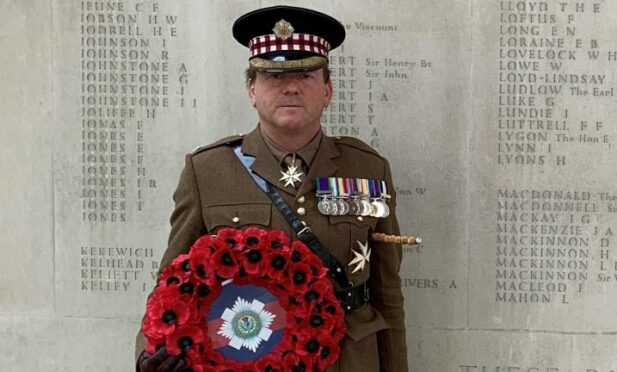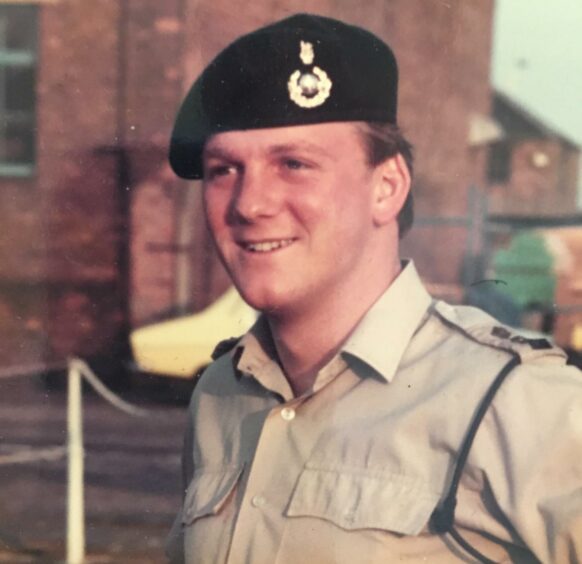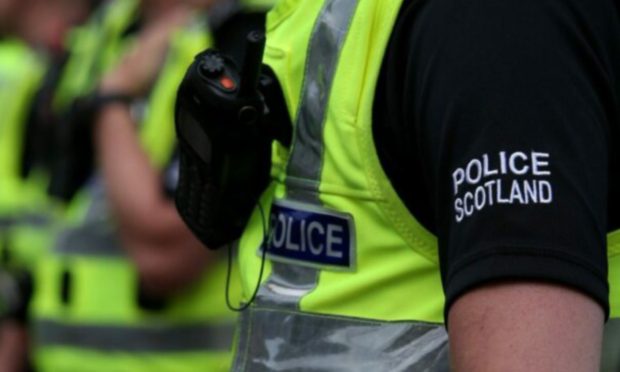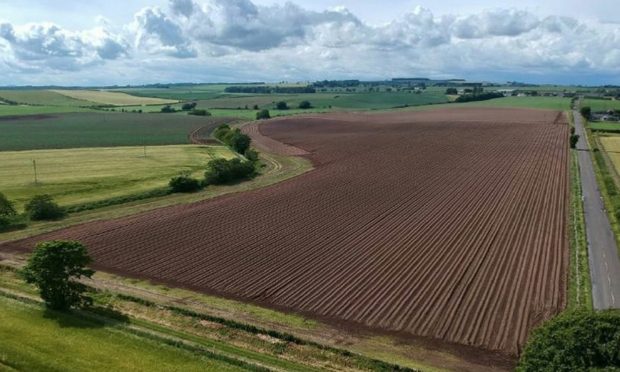A Tayside military veteran has compared the Russian invasion of Ukraine with the Argentinian invasion of the Falkland Islands in 1982.
Major (retired) James Kelly, 61, who was a young second lieutenant with Arbroath-based 45 Commando during the Falklands War, told The Courier that the Russian use of conscripts to “liberate” Ukraine was comparable to the Argentinians’ use of conscripts to “liberate” the Falklands.
In an interview with The Courier to mark the 40th anniversary of the Falklands War, Major Kelly, who lives in Angus, said: “I think that in the same way that Russian soldiers have entered into Ukraine and were generally expecting to be garlanded by people saying ‘thank goodness you are here – you are liberating us from so-called neo-Nazis’ – they have of course found the complete opposite to be true.
“I think what is true to say in the Falklands 40 years ago is a huge number of conscripted Argentinian soldiers, who after all had been taught at school that the Malvinas was theirs and that there were these poor impoverished 2000 islanders being imprisoned by the dreaded British government and that they couldn’t wait to be liberated.
“What they actually found when they arrived in Stanley was they were absolutely astonished to find there was a picture of the Queen in every window, there was a Union Jack picture in every window, that the kerb stones were painted red white and blue, that everybody refused to speak Spanish, that everybody drove on the ‘wrong’ side of the road, and there were red telephone boxes and red post boxes.
“They were just astonished to find it was just not what they were expecting.
“If you want to make a comparison with today, I think that’s what the Russian soldiers have found in all the various cities that they’ve entered in Ukraine.
“They thought they’d be welcomed with open arms and given tea and garlands by the old ladies in the cities, and that simply hasn’t happened.”
40th anniversary of conflict
On Saturday April 2, it’s 40 years to the day since Argentina invaded the British Overseas Territory of the Falkland Islands in the South Atlantic.
On April 5 1982, the British government, led by Prime Minister Margaret Thatcher, dispatched a naval task force to engage the Argentine navy and air force before making an amphibious assault.
The conflict lasted 74 days and ended with an Argentine surrender on June 14, returning the islands to British control.
In total, 255 British servicemen, 649 Argentine military personnel, and three civilians died, and many more were wounded.
*For more on the 40th anniversary of the Falklands War, including a full interview with Major Kelly about his Falklands experiences, and interviews with other Courier Country veterans, see The Courier’s Weekend magazine of Saturday April 2.












